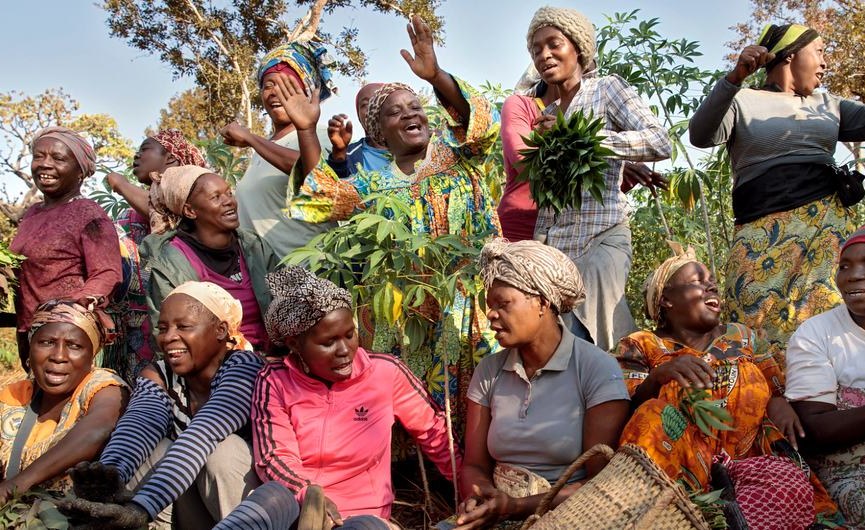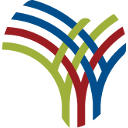Johannesburg — Did you know … in the whole of West Africa there have only been three women heads of state since 1957 (Guinea-Bissau and Liberia), there are only two women speakers currently in the legislature (Togo and Benin) and there are only two countries with over 30% women’s representation in legislative chambers (Cabo Verde and Senegal)?
Now ask yourself how many times you have wanted to get some information that deals with women and how many places you have to go to find that information if you found it at all.
To address this problem, the Ellen Johnson Sirleaf Presidential Center for Women and Development (EJS Center) has launched its Data Hub for Women’s Leadership in Public Governance (The EJS Center Data Hub).
“This data is presented in country profiles that include information on each country’s socio-economic demographics and political history. So, we go into detail about the representation of women in the executive, the representation of women in the judiciary, and their representation in both chambers – if a country has two parliamentary chambers, but what we are trying to do is to showcase the women who are the portfolios that they’re leading into those in parliamentary committees. We do show women who’ve been heads of state since independence to date for each country. So that’s the kind of information that you can expect to get at this point,” says EJS Center Director of Programs Rumbidzai Chisenga.
“We will go through the necessary vetting, verifying, substantiating the information that’s put there and it would be hopefully be a place that people will feel comfortable to go to, a one-stop-shop to get the information that they need,” says EJS Center Executive Director Dr. Ophelia I. Weeks.
“When you do get a chance to browse the EJS Center Data Hub, you will notice that it’s a very simple tool. We’ve gone to extra lengths to present the data in very easily digestible, visually appealing formats. And the thinking behind this was that we want to make this a tool for as many people as possible, so different constituencies of our society,” says Chisenga.
“The data hub speaks to researchers, lawmakers, the media, but on the other hand, we’re very aware that this tool needs to communicate and make sense to the average citizen. So it’s written in simple language, presented in a simple format, in visual formats as well, so we’re hoping that people who generally have access to a website to social media or people who can definitely engage with the data too as well,” adds Chisenga.
The Data Hub seeks to:
Empower in-country civil society organizations with current data to advocate for and advance gender equality;
Enable researchers and the media to monitor and analyze women’s participation and representation in public leadership;
Equip policymakers, lawmakers, and other government actors with quick insights on how their countries are faring on improving women’s representation in public governance and encourage cross-country collaboration for progress; and
Inform the public about women’s representation and leadership in the public sphere.
According to Chisenga, their challenge was, how they might feature for example, civil society organizations and grassroots organizations. They actually did the work when they were gathering data to find out which organizations are really active in which countries, which ones have a track record, and which ones have been able to push for some significant changes.
Another challenge was getting that data verified. And so they didn’t want to publish on this data information that might look like they are endorsing one organization but not another. Or that they only publish the organizations that they are aware of. The Data Hub is indeed paying attention to the grassroots but because of the level of credibility, that is being placed on their work they are also wanting to be careful that whatever they put before the public is information or data that has been vouched for, that has been verified, and that isn’t only coming from a single source.
When asked how the data hub will help in the fight for gender equality, Chisenga said, “as one of our panelists said earlier on in the discussion that whatever you cannot measure, you cannot fix, so I think it’s a widely understood problem that women are excluded from decision making, particularly in public governance, but I don’t know that people knew just how much they are excluded until they can see this fact in this data. So what this data does is it really helps you to understand the nature of a problem. It helps you understand for how long the problem continues to be the way it is”.
“It also helps a few years from now to go back and search whether or not all this work that we are doing and investing in to change things is actually paying off. So I think one of the important benefits of the data hub is just for us to be able to have a grasp or factual handle on the problem but also to be able to measure, change, measure progress, and measure our efforts against whether or not we’re bringing about change”, added Chisenga.
According to Dr Weeks, it is the center’s goal and dream to work in the rest of the continent not only in West Africa, and they’re looking for funding to make that happen.
To help tackle the challenge of women’s representation, the Data Hub is calling on the media to visit the website as often as possible and write stories on the data presented there on a regular basis, maybe once a month or once every two weeks and bring people’s attention to first, the hub and to the situation.
Besides presenting the data what the Data Hub is doing action-wise to address this issue of representation is making sure that they increase women’s representation and public leadership. And so they launched a flagship program called the Amujae Initiative in 2020. What they do through that program is support women who have aspirations for the highest levels of public leadership, they journey with them and help them to navigate that process helping them to learn from coaches like Madam Ellen Johnson Sirleaf. It also helped them to get access to public platforms that may help them to expand their visibility.
“Over the years, we’ve also developed advocacy campaigns and our most recent one was called the Have Her Back Campaign, where we invited male leaders to make pledges that they were going to take towards gender equality. So we managed to get some heads of state and other former heads of state to participate in that”, added Chisenga.
“We as the center recognise the great role that the media has to play in disseminating information about gender bias or gender inequality. So we have in the past run training workshops in three countries last year – in Zambia, Senegal and Kenya – and we were training media professionals on understanding this space, understanding their own gender biases because we all have them. So we’ve run those training workshops in the media to help them understand the role we can play”, said Chisenga.
Chisenga says that one of the outcomes from that process that they learned from the media training workshops, about the role of the media, was that “if you can engender in your team or in your network, just a culture of reporting fairly about women and giving them equal coverage as you do men, that’s already a big win. So that goes beyond women just being the subject of a story. It involves engaging women as experts, even as witnesses. And it really just involves reporting on women about the substantial issues not just kind of the issues that are usually seen as women’s issues”.
The Data Hub is encouraging journalists to be trained towards giving equal, average, and fair coverage to women, as this will go a long way towards bringing visibility to women.

